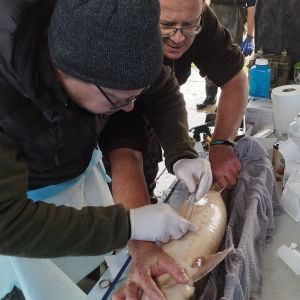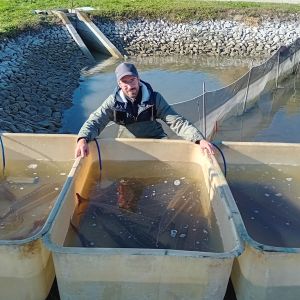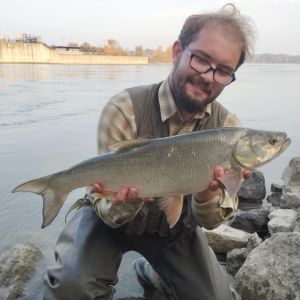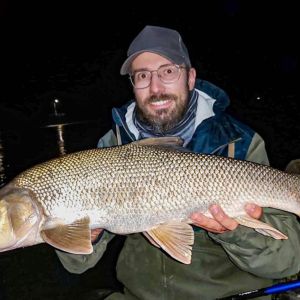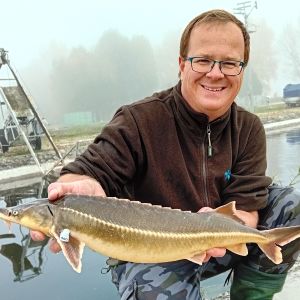Sturgeons on the move
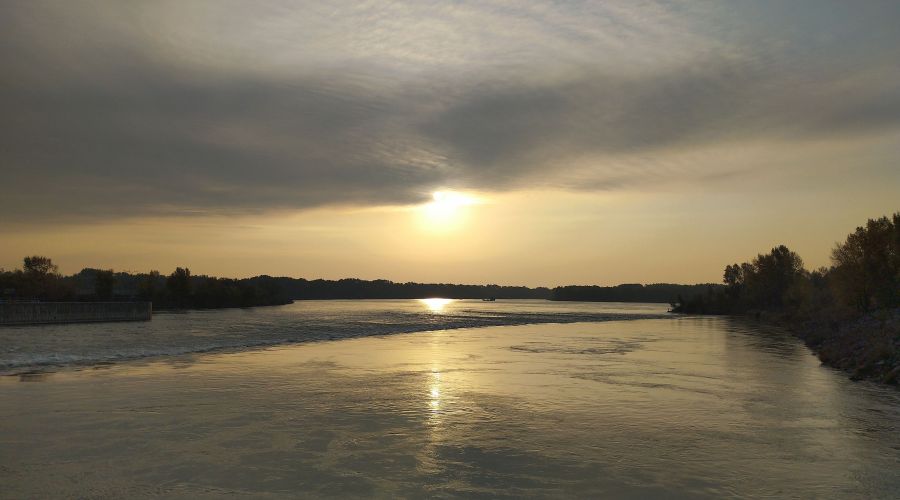
Not only sterlet (Acipenser ruthenus), but also common barbel (Barbus barbus) and asp (Leuciscus aspius), as important rheophilic fish species, became the objects of a three-year telemetric survey by the staff of the Laboratory of Freshwater Ecosystems of the Faculty of Fisheries and Protection of Waters of the University of South Bohemia in České Budějovice (FFPW USB).
As part of the activities of the integrated project LIFE Living Rivers (101069837/LIFE21-IPE-SK-Living Rivers), the researchers are investigating the current migration passability of the Slovakian-Hungarian part of the Danube, including important migration barriers in the form of the Čunovo, Dunakiliti and Gabčíkovo water structures, for fish. In this context, almost 120 sterlet, 50 barbel and 50 asp were tagged by specialized acoustic fish tags. These tagged fish provide valuable information about their position in the stream, but also about the water temperature or the depth in which they move. Among others, the results of the activity may enable to clarify the role of constructed water structures in fish migration and help to propose and subsequently implement appropriate measures for their passage. The results of the study will also contribute to the revitalization of the unique ecosystem of the Old Danube and the restoration of its function as an important European biocorridor for freshwater fauna. In the relatively recent past, the Old Danube, together with its system of the side river branches, formed an inland Danube delta system, which, however, is significantly withering and gradually disappearing after the construction and operation of the Gabčíkovo waterworks system.
Slovak and Hungarian media regularly report on the FFPW USB activities on the Danube, this time TV JOJ reported on sturgeon telemetry in its main news on October 29, 2024. The report can be viewed at the link: https://fb.watch/vym-0rVgVC/
Details of the project.
Written by: RNDr. Bořek Drozd, Ph.D.



